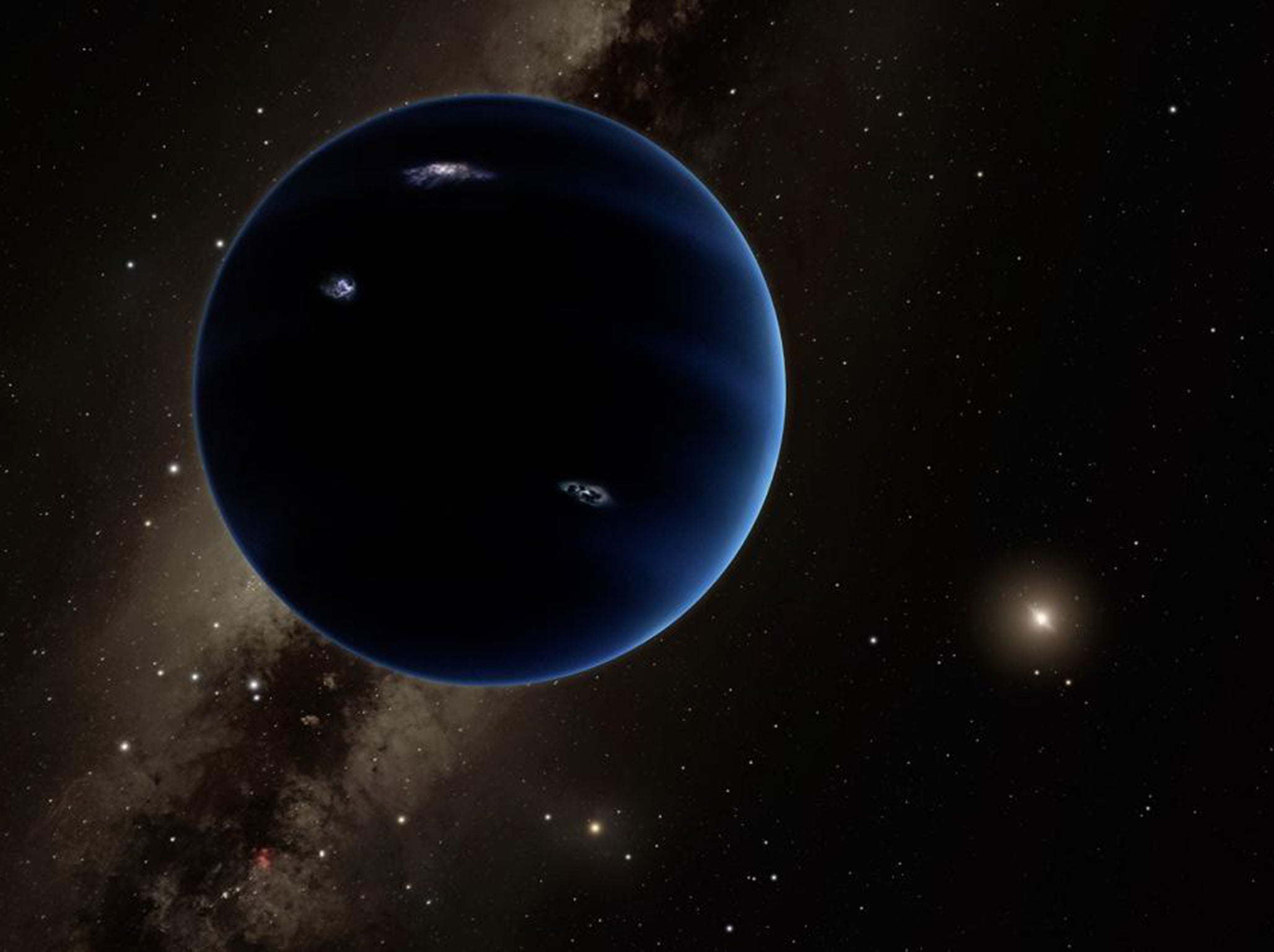Planet Nine: Mysterious planet is to blame for mass extinctions of life on Earth, scientist claims
The mysterious, hypothetical planet could every so often knock comets into the solar system and towards us, researcher says

Your support helps us to tell the story
From reproductive rights to climate change to Big Tech, The Independent is on the ground when the story is developing. Whether it's investigating the financials of Elon Musk's pro-Trump PAC or producing our latest documentary, 'The A Word', which shines a light on the American women fighting for reproductive rights, we know how important it is to parse out the facts from the messaging.
At such a critical moment in US history, we need reporters on the ground. Your donation allows us to keep sending journalists to speak to both sides of the story.
The Independent is trusted by Americans across the entire political spectrum. And unlike many other quality news outlets, we choose not to lock Americans out of our reporting and analysis with paywalls. We believe quality journalism should be available to everyone, paid for by those who can afford it.
Your support makes all the difference.A mysterious, hidden planet that could be sitting on the edge of our solar system might be linked with periodic extinctions on Earth, according to a researcher.
The unconfirmed planet might trigger comet showers, bringing huge extinction events, according to a new paper by Daniel Whitmire, a retired astrophysics professor. The paper links the periodic extinction events that happen on Earth — which can be seen in the fossil record to wipe out huge parts of life on Earth about every 27 million years — with the unknown Planet 9.
Planet 9 has been said by some to exist for years. But in recent months two scientists claim to have found strong evidence that it exists — and one of those researchers said again recently that he had found further proof of the mysterious planet.
If those researchers are correct, then Planet 9 would be 10 times as big as Earth and would be 1,000 times further from the Sun than we are.
The mystery of the extinction events that happen every 27 million or so years is an equally long-investigated and mysterious problem. Nobody is really clear why the comets tend to arrive on such an apparently regular schedule — but potential other explanations include a companion star to our own sun or extra risk as we travel through the spiral arms of the Milky Way.
But the new theory suggests that if the idea of the periodic extinctions is true, then it may be that the particular orbit of Planet 9 is to blame. It proposes that as the planet moves around the solar system, it passes through the Kuiper Belt — an area of the outer solar system full of icy objects — every 27 million years, knocking comets towards us and into the inner solar system.
Once they arrive there, they can smash into the Earth and reduce the sunlight getting to us, potentially leading to the extinction events, the researchers claim.
Join our commenting forum
Join thought-provoking conversations, follow other Independent readers and see their replies
Comments